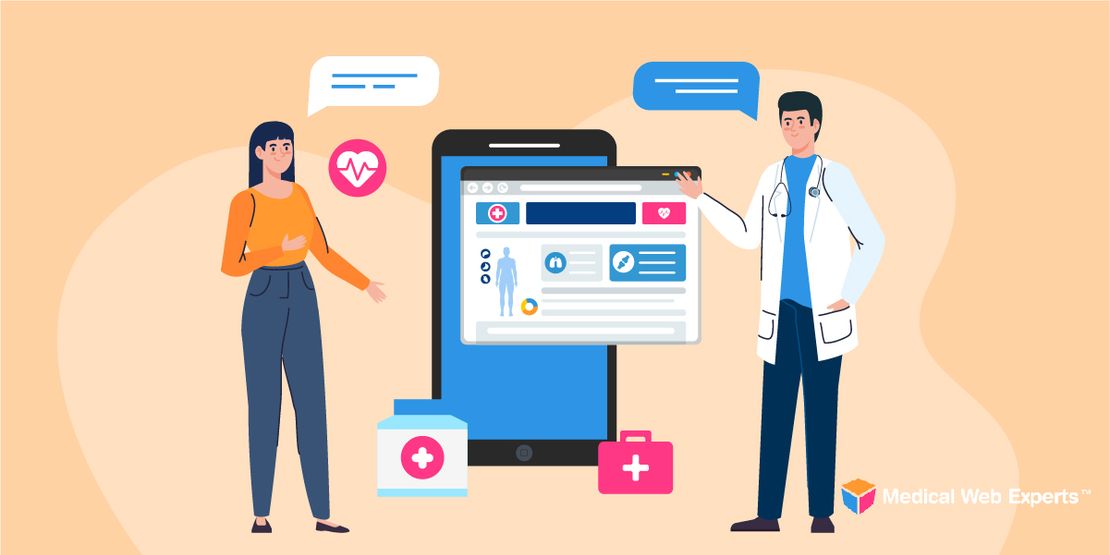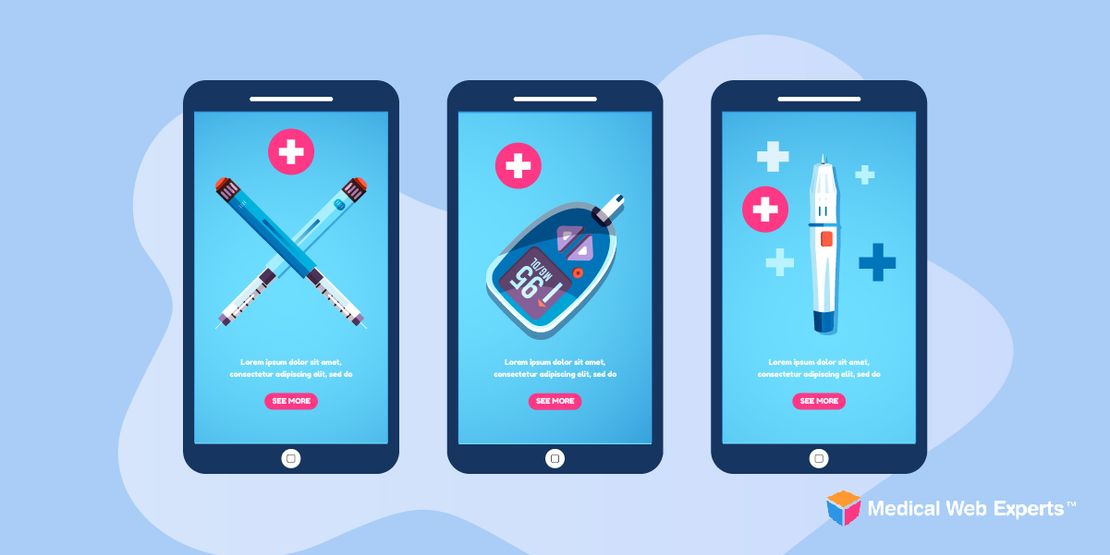Building a healthcare Digital Front Door has become a necessity for providers if they want to meet patients’ evolving demands for more control and choice in managing their health. While your Digital Front Door may be aimed primarily at improving the patient experience, good software solutions can also be a powerful tool for managing workflows and providing efficiencies for clinicians and administrative staff.
Once you’ve invested in a healthcare Digital Front Door, however, you may fall short of widespread adoption among both patients and staff due to poor awareness, insufficient eHealth literacy, or a lack of perceived benefits or ease of use.
When implementing your new Digital Front Door, it’s therefore essential to accompany the launch with a comprehensive marketing and training strategy that increases adoption and usage rates among patients and staff by raising awareness of the platform’s availability, benefits, and features.
Here’s how.
Patients
Launching a Digital Front Door solution effectively for your patient population requires a targeted marketing and education strategy that leverages all of your available channels, from the practice waiting room and your website to pay-per-click (PPC) advertising and email marketing.
Once your new Digital Front Door solution is live, there are several ways to promote it to both existing and potential patients.
Website
Make sure your website features your new Digital Front Door solution and that it includes the following:
- Links to the login page or app download page of your new system
- Information about the system’s benefits
- Help-desk and support information
- Plain-English instructions, possibly with video or image-based walkthroughs
Email Marketing & Digital Communications
Send out an email ‘blast’ to existing patients to alert them of the new tools, including information about how the portal can be accessed (e.g. a link to the login page), and what it can be used for.
Flag up your portal’s features in routine communications (e.g. by adding a link to the new ‘bill pay’ service in a physical invoice or suggesting secure messaging services as an alternative to emails) to ensure that patients are alerted to the benefits of your Digital Front Door at moments when it could be most useful to them.
Search Engine Optimization (SEO) & Pay-Per-Click (PPC)
Both channels are valuable ways of targeting prospective patients where you operate. PPC allows you to compete and generate awareness even if your search engine rankings aren’t high. For growth via SEO, ensure your website has a strong landing page and, if your organization offers a mobile app, optimize your SEO on the Google Play Store and Apple App Store to make your app easily searchable and locatable.
Social Media
Leverage channels such as Twitter, Facebook, and Instagram to inform healthcare consumers of your freshly launched Digital Front Door system, and offer guidance and tips on how to use it.
In-Person Marketing
- Waiting room: Engage patients in your waiting room with posters, brochures and merchandise. Consider providing tablets and branded headphones to allow patients to try out the new digital services while they wait.
- Staff reminders: Both front-desk and medical staff have a role to play in highlighting the benefits of the new portal at the right time, such as alerting a patient to the online scheduling tools when they phone the practice to book an appointment, or letting them know they can view their lab results online.
Staff
A Digital Front Door is so much more than just a set of patient-facing tools; it can transform the lives of practice staff, making their work simpler, more efficient, and generally much more manageable. Much like with patients, however, you may face barriers when introducing these new tools to your team. For this reason, you may want to implement an internal marketing and training program aimed exclusively at staff.
Training and Awareness-Raising
To ensure that staff feel well-equipped to navigate your new portal, provide training sessions and literature for existing and incoming staff on how to use the platform, emphasizing how it can make their day-to-day lives easier at work through tools such as team messaging, automated scheduling, and better management of patient data.
Continual Feedback and Improvement
As with any new business investment, you should create a system for receiving feedback on your Digital Front Door solution from both staff and patients. It’s important to assess the usefulness and usability of your digital tools through the eyes of the end-user. Not only will this make users feel valued, but this feedback can be used to improve the system, thereby making it more useful and readily adopted.
Ensuring Long-Term Success of Your Digital Front Door
Developing a suite of consumer-friendly digital tools is a great first step in delivering the first-rate experience that most modern patients demand. That said, having the best tools in the world is not enough without a complementary internal and external marketing strategy aimed at both patients and staff.
After building your healthcare Digital Front Door, you should leverage various touchpoints – from the waiting room and pay-per-click ads to internal communications – to increase engagement with your new portal, conveying both its usability and usefulness.
By keeping your Digital Front Door under constant review and seeking out valuable feedback on areas for improvement, practices can also ensure that services remain perfectly tailored to the needs of both patients and practice staff for continued use.


